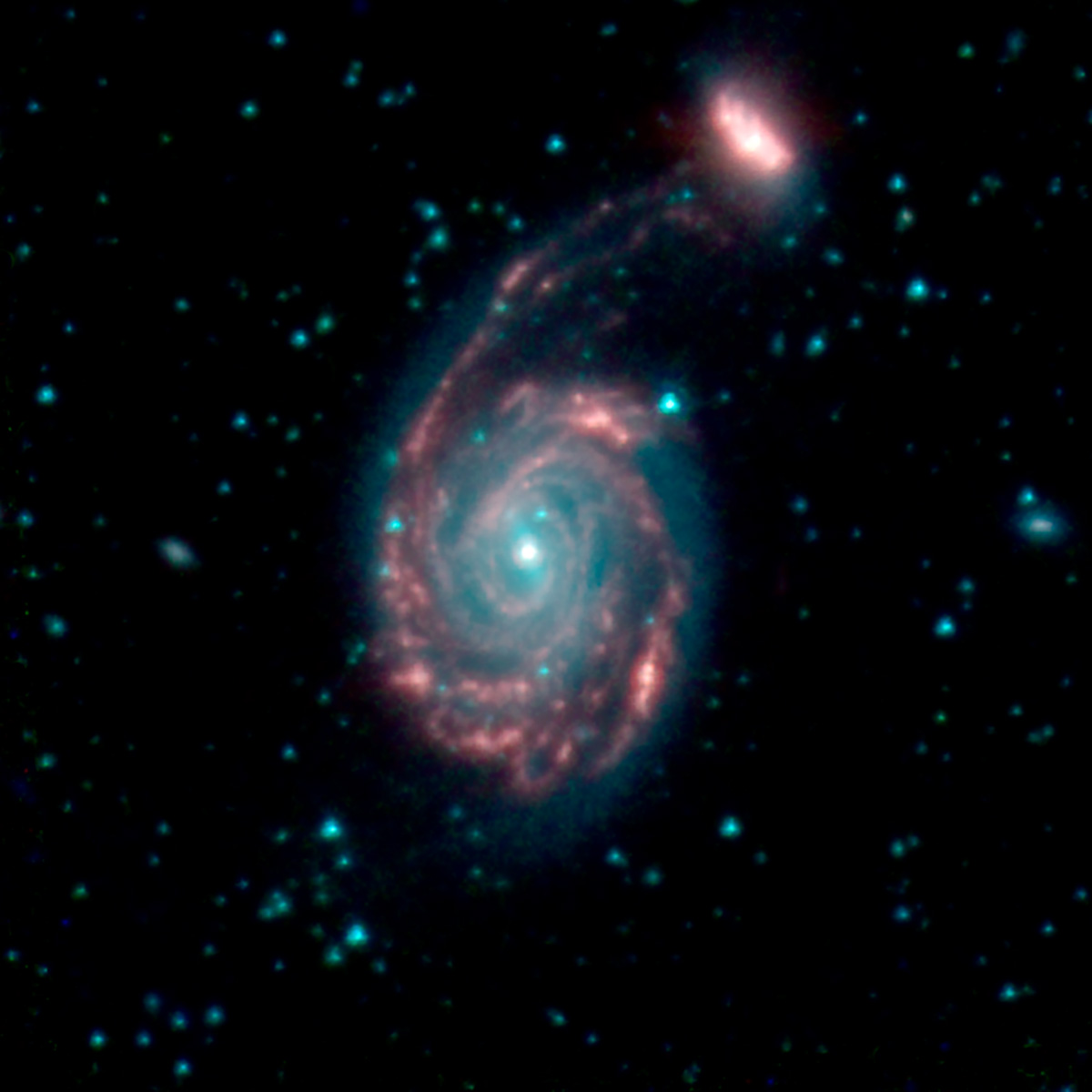NASA wrote:
Some merged galaxies will experience billions of years of growth. For others, however, the merger will kick off processes that eventually halt star formation, dooming the galaxies to wither prematurely.
...
One of the primary processes thought to be responsible for a sudden halt in star formation inside a merged galaxy is an overfed black hole. At the center of most galaxies lies a supermassive black hole — a powerful beast millions to billions of times more massive than the Sun. During a galactic merger, gas and dust are driven into the center of the galaxy, where they help make young stars and also feed the central black hole.
But this sudden burst of activity can create an unstable environment. Shockwaves or powerful winds produced by the growing black hole can sweep through the galaxy, ejecting large quantities of gas and shutting down star formation. Sufficiently powerful or repetitive outflows can hinder the galaxy's ability to make new stars.
The relationship between mergers, bursts of star formation, and black hole activity is complex, and scientists are still working to understand it fully. One of the newly merged galaxies is the subject of a detailed study with the W.M. Keck Observatory in Hawaii, in which GOALS scientists searched for galactic shockwaves driven by the central active galactic nucleus, an extremely bright object powered by a supermassive black hole feeding on material around it. The lack of shock signatures suggests that the role of active galactic nuclei in shaping galaxy growth during a merger may not be straightforward.
So black hole activity can halt further star formation, but the central black holes of merged galaxies don't always become very active and destructive.
NASA wrote:
In the nearby Whirlpool galaxy and its companion galaxy, M51b, two supermassive black holes heat up and devour surrounding material. These two monsters should be the most luminous X-ray sources in sight, but a new study using observations from NASA's NuSTAR (Nuclear Spectroscopic Telescope Array) mission shows that a much smaller object is competing with the two behemoths.
...
At the center of each galaxy is a supermassive black hole millions of times more massive than the Sun. The galactic merger should push huge amounts of gas and dust into those black holes and into orbit around them. In turn, the intense gravity of the black holes should cause that orbiting material to heat up and radiate, forming bright disks around each that can outshine all the stars in their galaxies.
But neither black hole is radiating as brightly in the X-ray range as scientists would expect during a merger. Based on earlier observations from satellites that detect low-energy X-rays, such as NASA's Chandra X-ray Observatory, scientists believed that layers of gas and dust around the black hole in the larger galaxy were blocking extra emission. But the new study, published in the Astrophysical Journal, used NuSTAR's high-energy X-ray vision to peer below those layers and found that the black hole is still dimmer than expected.
According to NASA, the black holes of M51a and M51b are millions of times more massive than the Sun. Usually, however, the mass of the black hole reflects the mass of the galaxy as a whole. And M51a, at least, is smaller and probably considerably less massive than the Milky Way:
Wikipedia wrote:
M51a lies 30 million light years from Earth and has an estimated diameter of 60,000 light years.[12] Overall the galaxy is about 25–33% the size of the Milky Way. Its mass is estimated to be 160 billion solar masses.
My amateur guess is that smallish galaxies rarely have huge central black holes, and the mergers between smallish galaxies with moderately sized black holes may not be so destructive.
If so, this does not bode well for the merger between the Milky Way and Andromeda, since both these galaxies are large. And at least Andromeda has a large central black hole.
Ann
